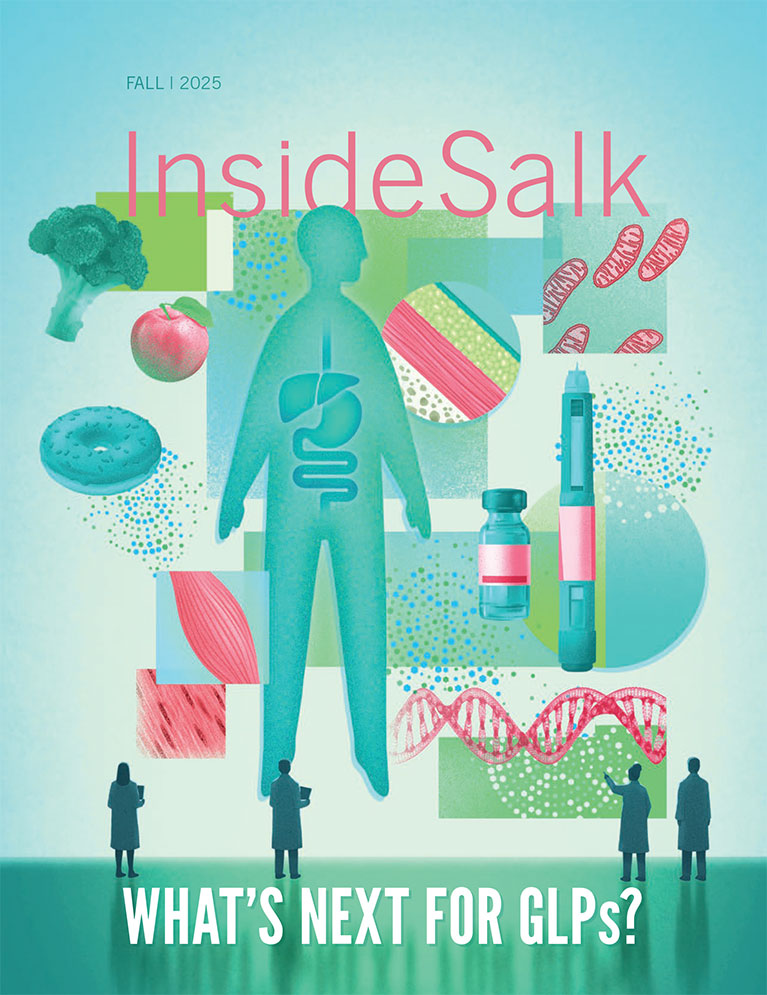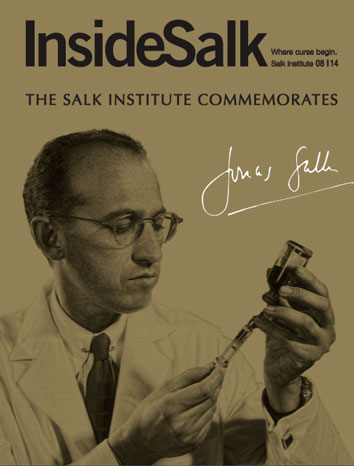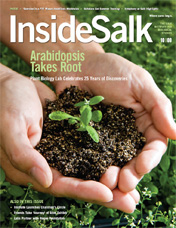By adolescence, your brain already contains most of the neurons that you’ll have for the rest of your life. But a few regions continue to grow new nerve cells— and require the services of cellular sentinels, specialized immune cells that keep the brain safe by getting rid of dead or dysfunctional cells.
Greg Lemke’s lab described the surprising extent to which both dying and dead neurons are cleared away April 2016 in Nature.
























































